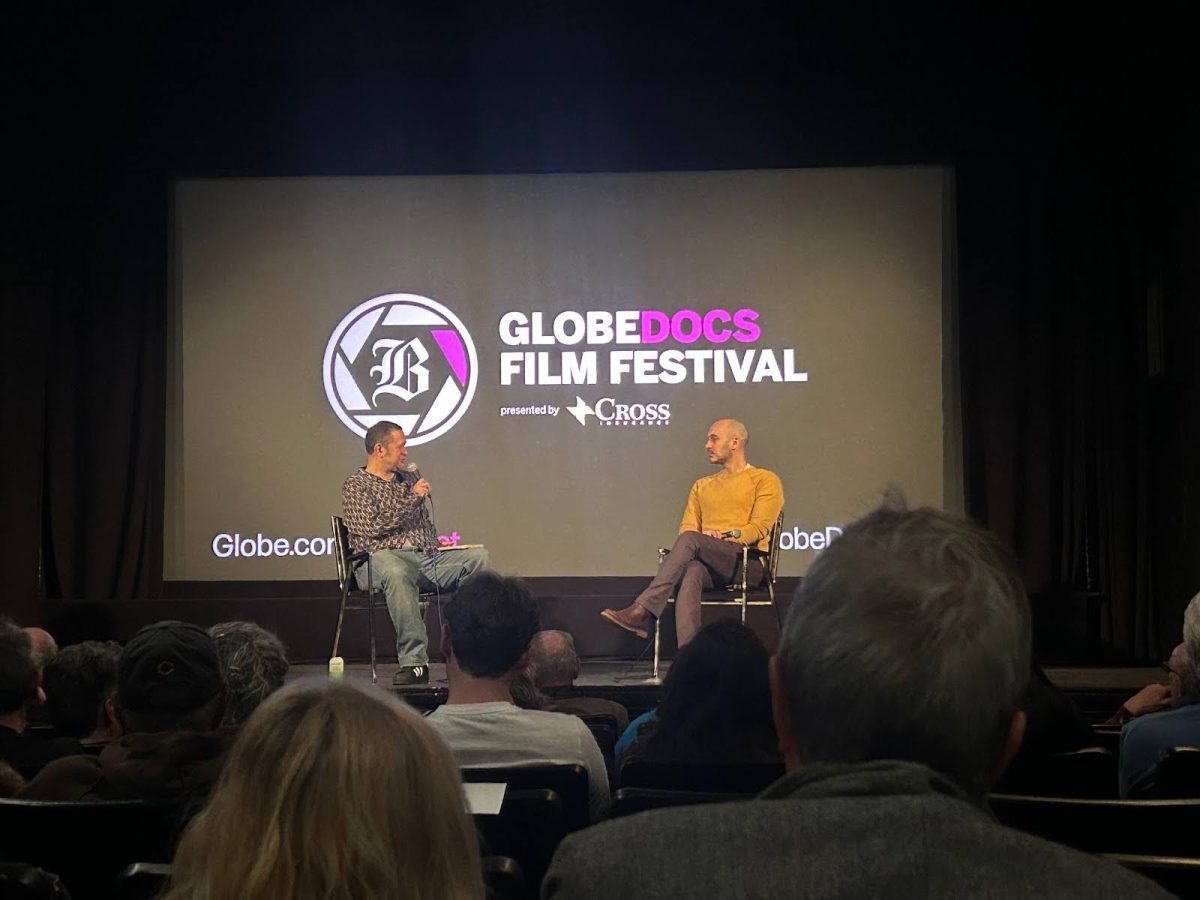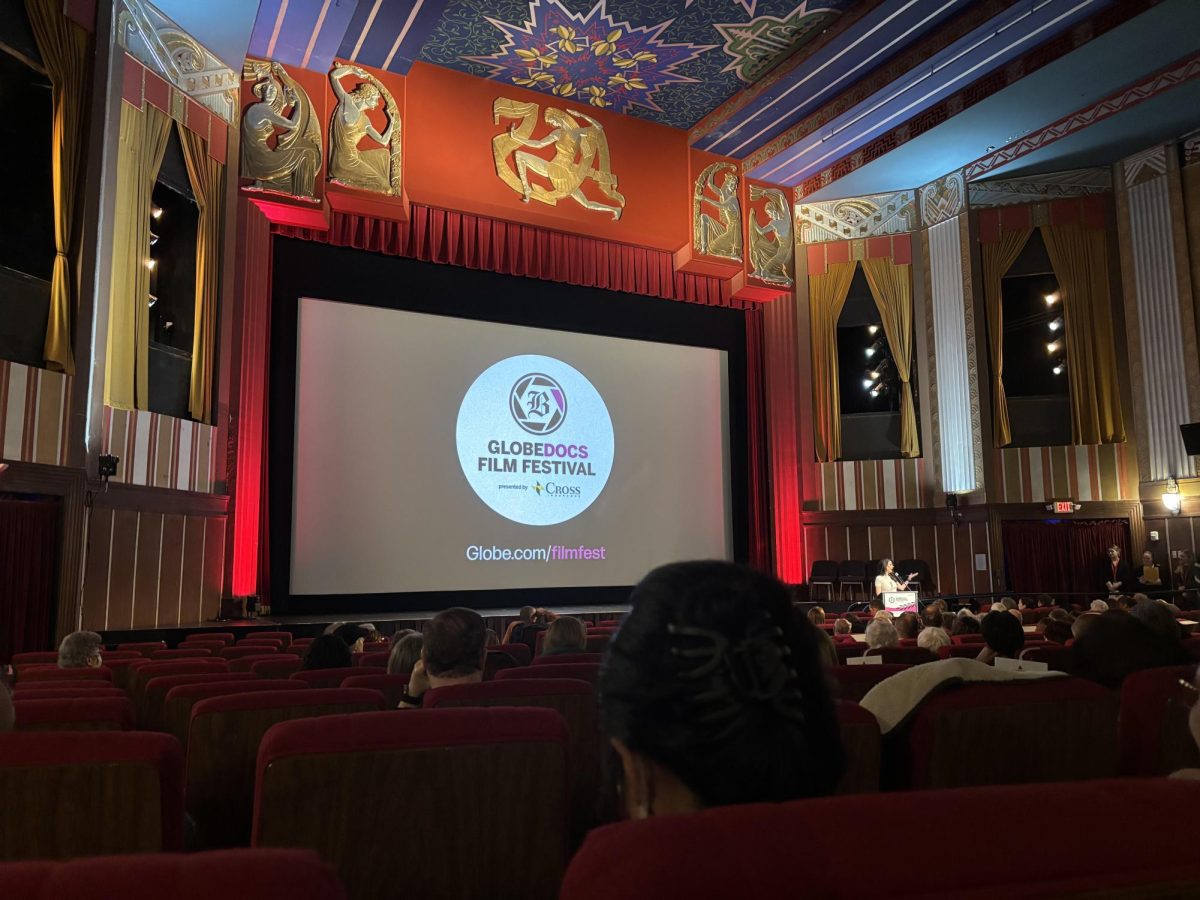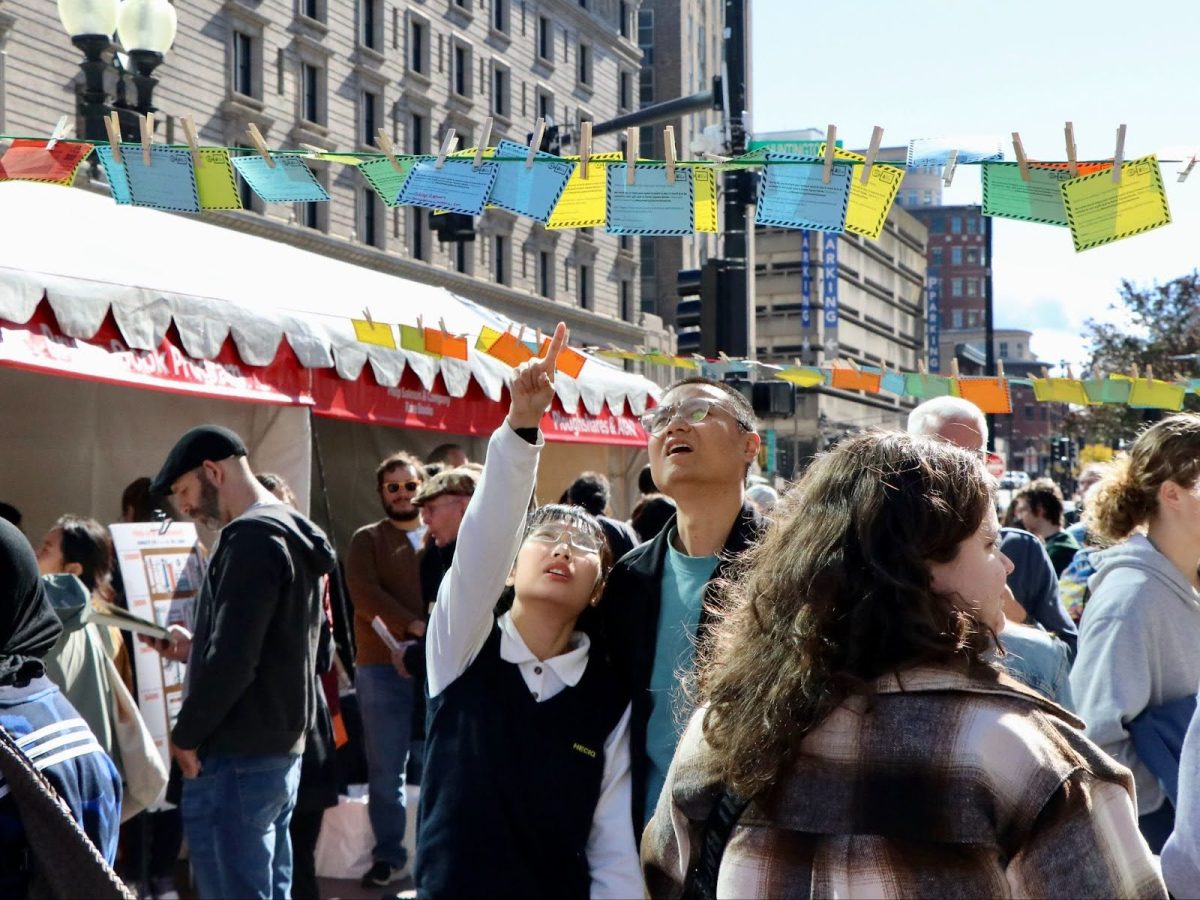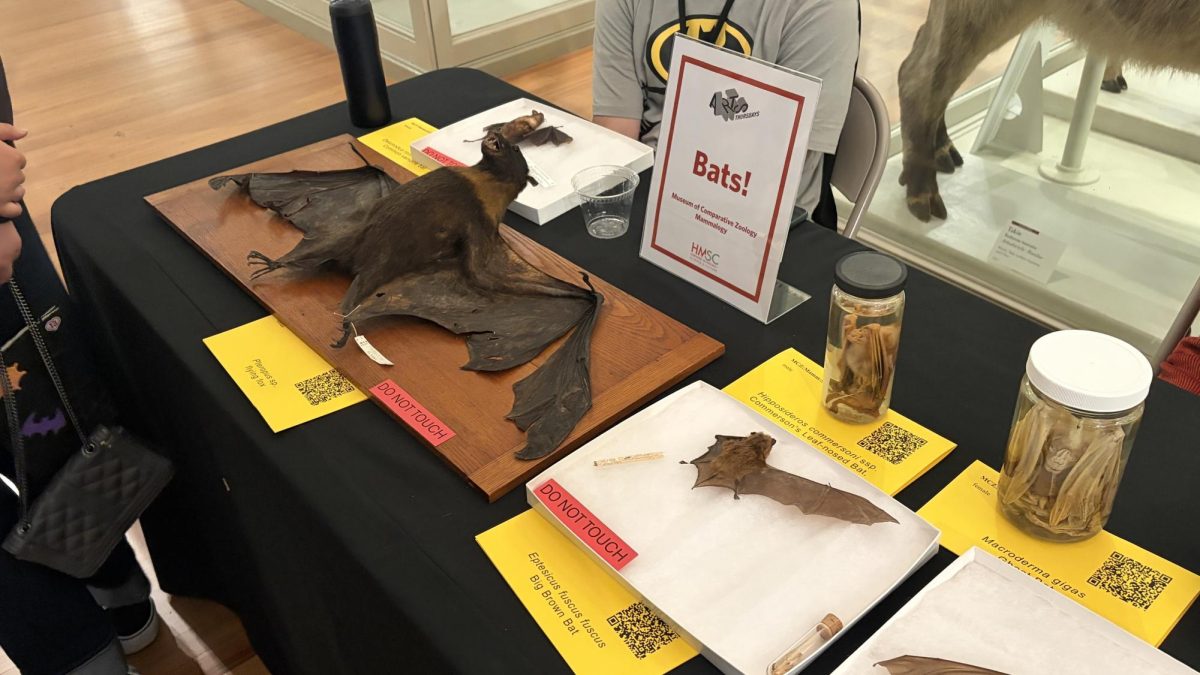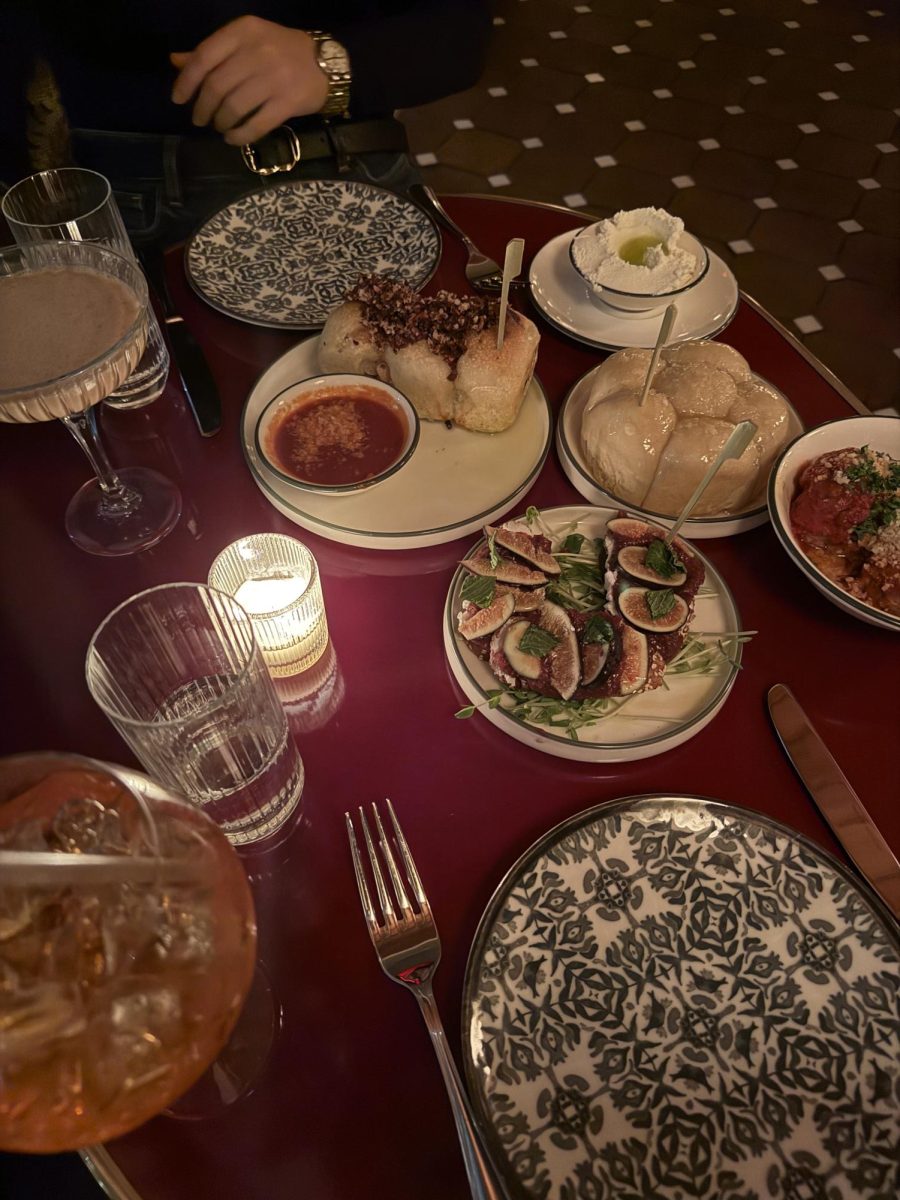New to the Museum of Fine Arts is an exhibit portraying the works and creative process behind Japanese printmakers of the 20th century. This was a unique period in time where artists were able to break free of more restrictive, market driven printmaking and focus more on their own artistry, resulting in pieces that captivate each viewer with color and cultural flavor.
What makes the exhibit unique is that along with the prints, original sketches and drawings are displayed alongside each image, creating a “before and after” look at the artistry, while also allowing those who visit the exhibit insight into the creative process of each artist.
The exhibit was inspired by several gifts the museum received of various editions of a few of the works that the museum already had on display. The Assistant Curator for Japanese Prints, Sarah Thompson, saw this as an opportunity to present to the public just how important this movement was in the history of Japanese art.
Another feature of the exhibit is that several prints are displayed in a series, providing viewers with more perspective into the mind of the artist. One series of prints features Yoshida Hiroshi’s sailboats, spanning across the entire exhibition. Hiroshi was known as one of the most famous shin hanga printmakers, or the more traditional approach to printmaking.
However this is not the only style displayed in the exhibit. The gallery also displays works of the sosaku hanga style, one that is regarded as “creative prints,” in which the entirety of the work is produced by a single artist, from the carving of the wood blocks, to the final product.
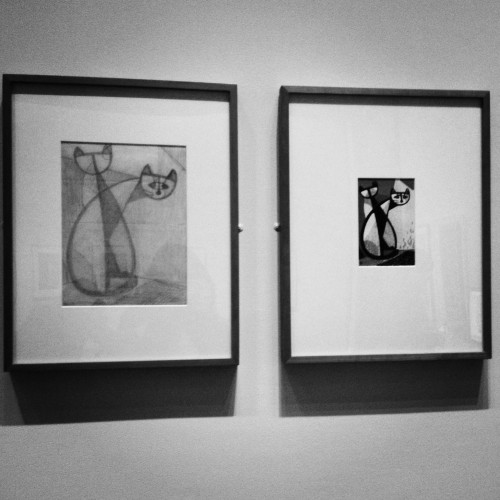
What makes the exhibit even more special is not what is displayed on the walls, but on the computer in the corner of the room. For the first time in history, prints that the museum was previously not allowed to display due to the works’ sensitivity to light have now been digitalized for guests to enjoy.
The prints were originally donated to the museum by brothers William and John Spaulding in 1921 under the agreement that they would never be displayed because of their fragility. Now, after almost a century, the prints have found their way into the galleries.
The prints date as far back as the 1680’s and feature vibrantly colored scenes of animals, lovers, and battle scenes. Since the pieces are digitized, it also allows guests to zoom in and examine them more closely, letting no intricate detail go unnoticed.
Another impressive feature of the exhibit are the miniature books that feature drawings from artist Takei Takeo. Takeo was known for his elaborate illustrations in children’s books, and produced a series of 139 over a span of 30 years.
Although the museum does not own the entire collection, it displayed a few, as they fit perfectly with the exhibit because of Takeo’s unconventional method of printing to create the pages.
The exhibit features several other artists with their pairs of originals and final prints. The exhibit will be on display until August 2014.






